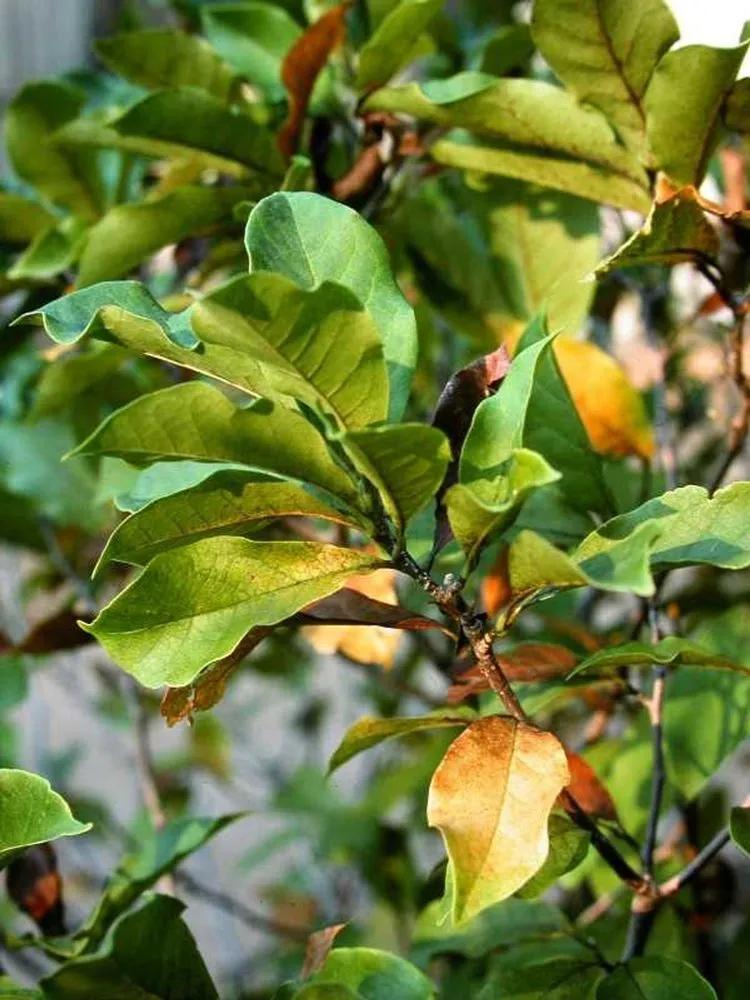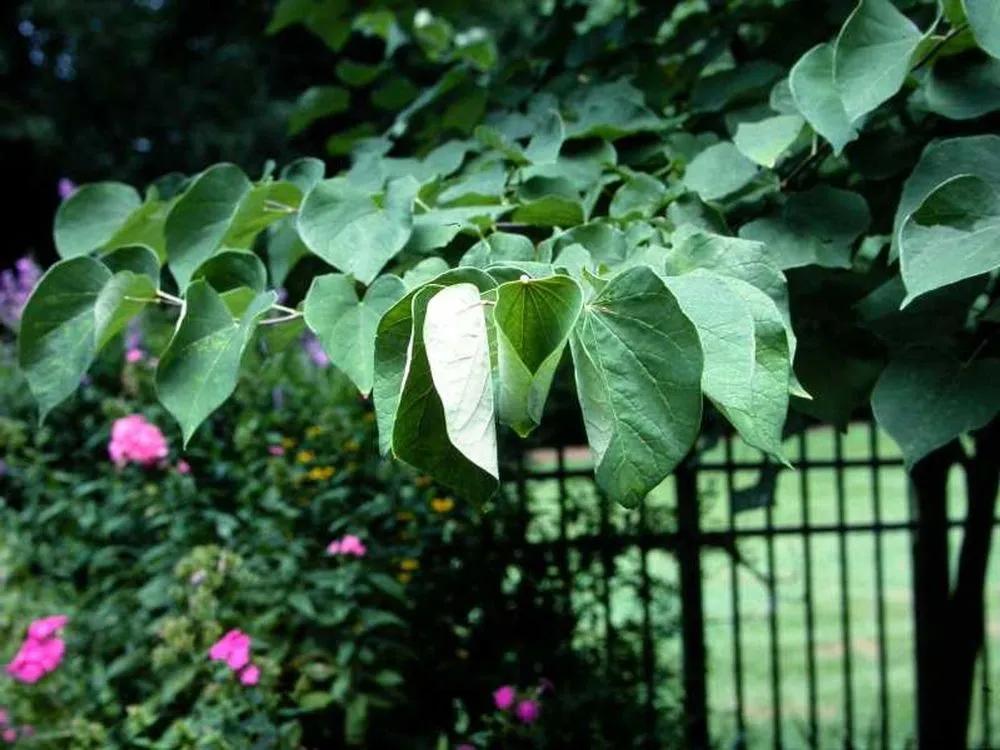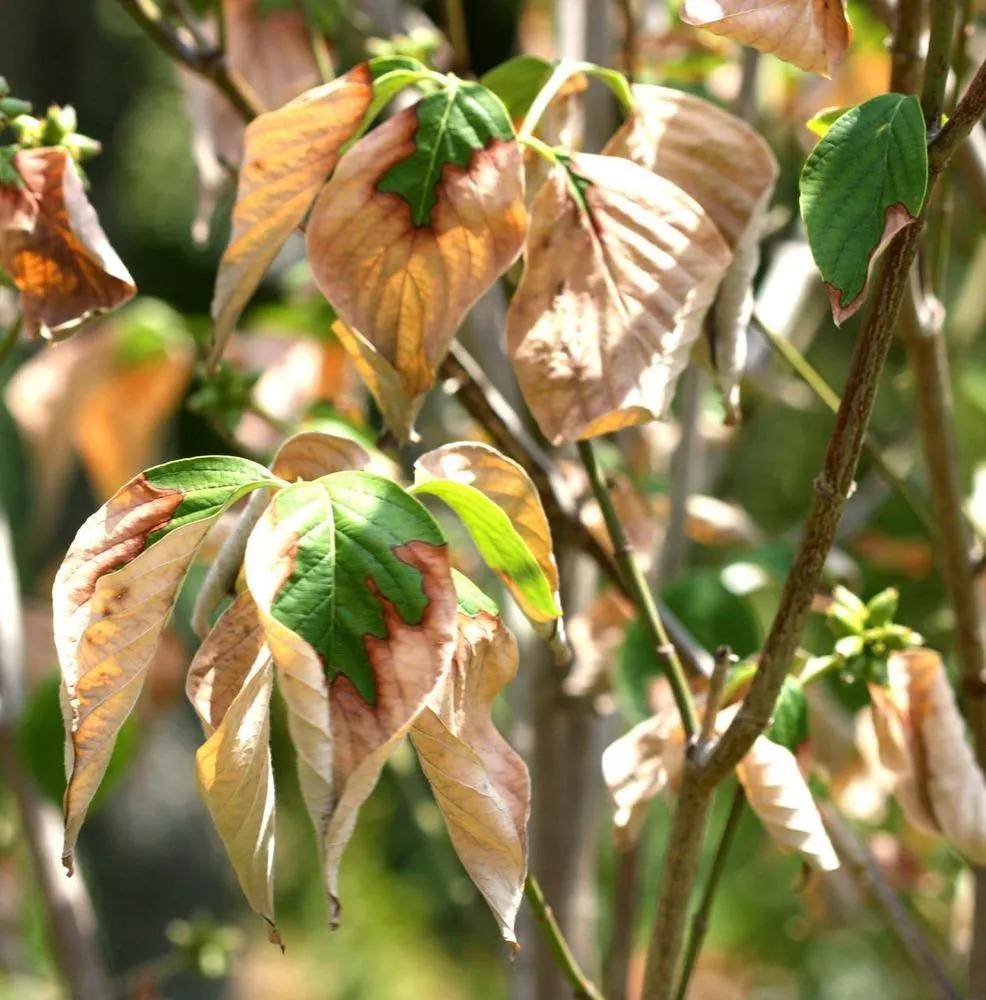Water deficiency symptoms are similar to over-watering and it is important to identify the cause. Symptoms include slow growth, wilting, discolored leaves and flowers, burning on edges of leaves. The affected plant can also suffer from disrupted nutrient uptake.
Water Deficiency in Plants



Signs of damage
Wilting. This is the classic sign of a deficiency of water. Too little water causes a plant to lose turgor, the rigidity in cells and tissues. There are some diseases that can trigger wilting, but the easiest and most likely explanation is under watering. Dry soil. If the soil around a plant is dry, it may need more water. Exceptions to this are some succulents, like cacti, which don’t need much water because they can store it so well. Dry, dead leaf tips. When a plant doesn’t get enough water, the tips and edges of leaves dry out and turn brown. Ultimately, entire leaves will brown and die. Slow growth. If you are chronically under watering weed plants for example but still giving enough water to survive, growth will be slower than normal or expected. New growth, such as leaves, may be small. Visible footprints. For a sign that turf grass is not getting adequate water, look to your footprints. After you step on the grass, it should bounce back quickly. If the footprints remain visible for several minutes, the grass is too dry.
How to prevent
Mulch plants with a 3-to-4-inch layer of organic mulch (woodchips, shredded bark) to reduce soil evaporation and temperature fluctuations, and to conserve moisture. Irrigate slowly so water percolates down into the soil. Do not fertilize unless adequate irrigation is available.
Heal
Most garden plants, flowers, and shrubs do best when they receive at least 1 inch of water per week, although they may need more during hot, dry spells. Rain isn't always sufficient at supplying enough water for plants to thrive, so don't count on it to keep plants healthy.
Go Premium to continue reading
Also you’ll get unlimited access to disease identification and all the other beneficial features
More problems
